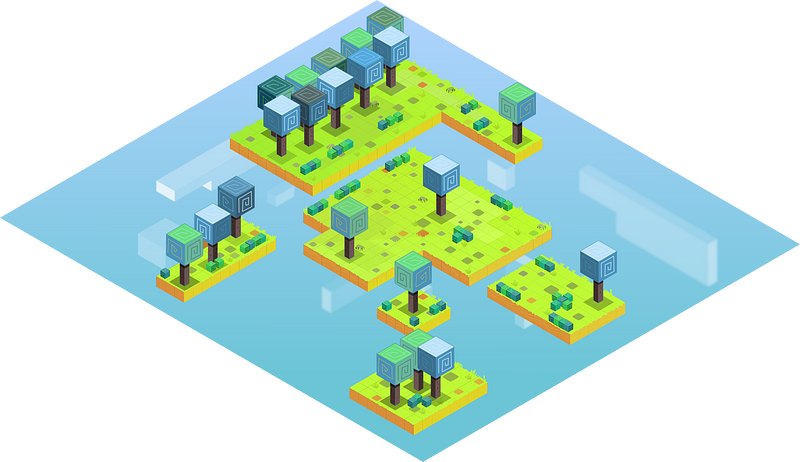
Ctrl+ ↓ moves the object to the bottom 10.

To move the object to the top use Ctrl+ ↑. These keyboard shortcuts control the order of the objects on the layers panel. On Windows/Linux: Ctrl+ ↓ to send backward Ctrl+ Shift+ ↓ One of the most useful in Gravit, no matter you whether you want to adjust only one corner of the shape or convert text to the paths, it’s the only shortcut you need to remember. It’s a tool that moves an artboard in Gravit Designer. Be patient, when using it inside the browser, because it scales a browser window. Holding Ctrl/Cmd and using scroll allows you do that. Sometimes you need to zoom by the factor of the small number. On Windows/Linux: Ctrl+ + to scale up and Ctrl+ - to scale downĬmd+ + zooms closer into the artboard. DuplicateĬreate a duplicate, that is 10px at right and bottom of the original file.ĭuplicate actually is handy when you need to repeat a transformation. The heat for the process comes from the sun.Create a duplicate of the object right on the top of the original one. This is an extremely common situation, which cripples the entire product. You have to laboriously iterate through all objects in a list until you get to the one you want. It can make custom shapes, which could be compared to the pen tool. Designer treats all objects as filled, so if you've drawn a frame or outline or an object with a hole in it, you can't select objects within that hole directly. It has a lot of comparable features, including a freehand drawing tool that smoothes the ways as you draw. In many parts of the world, table salt is obtained from the evaporation of sea water. Gravit Designer is a tool that allows you to work on various modes of design and images, including UI and printed work of art and logo. This method is suitable to separate a soluble solid from a liquid. This is because all liquid components will evaporate over time. The process typically involves heating the mixture until no more liquid remains, Prior to using this method, the mixture should only contain one liquid component, unless it is not important to isolate the liquid components. This method drives off the liquid components from the solid components. EvaporationĮvaporation is a technique used to separate out homogenous mixtures where there is one or more dissolved solids. There are other more complicated assemblies for distillation that can also be used, especially to separate mixtures, which are comprised of pure liquids with boiling points that are close to one another. The rubber tubing is placed into a collection tube which is submerged in cold water. There is a heat source, a test tube with a one-hole stopper attached to a glass elbow and rubber tubing. In the Figure above, we see several important pieces of equipment. The condensate that is collected is called distillate. The vapor passes through a cooled tube (a condenser), where it condenses back into its liquid state. In simple distillation, a mixture is heated and the most volatile component vaporizes at the lowest temperature. Distillation is a purification process where the components of a liquid mixture are vaporized and then condensed and isolated. Distillationĭistillation is an effective method to separate mixtures comprised of two or more pure liquids. Thin-layer chromatography is a special type of chromatography used for separating and identifying mixtures that are or can be colored, especially pigments.

Here are a number of common separation techniques: ChromatographyĬhromatography is the separation of a mixture by passing it in solution or suspension or as a vapor (as in gas chromatography) through a medium in which the components move at different rates. Studies of biochemical systems, environmental analysis, pharmaceutical research – these and many other areas of research require reliable separation methods. In a chemical reaction, it is important to isolate the component(s) of interest from all the other materials so they can be further characterized. Not everyone is out searching for gold (and not many of those searchers is going to get much gold, either). The gold is then separated from the mixture of soil and water. After thorough mixing, the pan is gently swirled to remove dissolved material while the heavier gold settles to the bottom of the pan. One of the approaches taken to isolate the gold from the soil was called “panning.” Dirt would be placed in the pan and covered with water. Beginning in the late 1840s, thousands of prospectors rushed to California to search for gold.


 0 kommentar(er)
0 kommentar(er)
